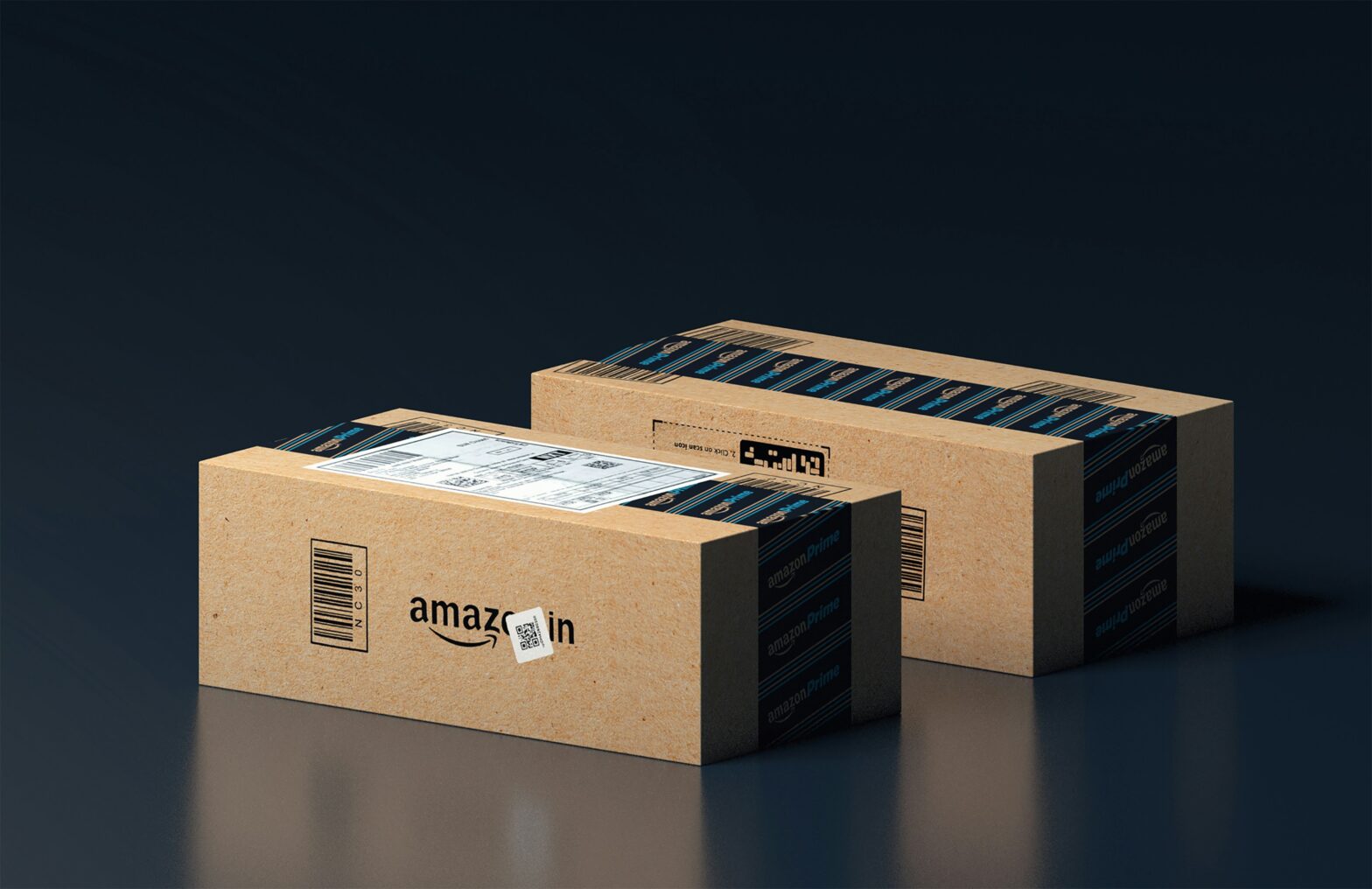BigCommerce B2B Edition is a SaaS e-commerce platform that can support B2B businesses that aspire to empower their customers with robust, self-service ordering. Only 4 years ago, many B2B merchants looking to build out e-commerce on their site felt that SaaS was not an option. The robust requirements needed limited their e-commerce platform choices to Magento, Hybris and a few others. Today, we feel that BigCommerce is truly ready for the B2B Enterprise while still remaining scalable enough to be a viable solution for small and mid market B2B merchants as well. The purpose of this post is to describe the core features of BigCommerce’s B2B edition that can give B2B merchants (manufacturers, distributors, wholesalers) a huge advantage.
1. It’s SaaS but Open SaaS (What’s That? What’s it Mean?)
The first point is basic but so important. Most understand what SaaS is and its functional and financial implications (you get a lot of features without being responsible for any infrastructure and you’re renting not owning). But BigCommerce’s commitment to “Open SaaS” means that it is committed to an API-centric, composable approach to e-commerce – it’s relatively easy to integrate and connect with just about any other business system or 3rd party SaaS software. Practically speaking for B2B merchants, this means you get a lot of software horsepower without needing an IT department to manage it. Also, because it’s SaaS, the security and hosting aspects are completely taken care of. No patches, no upgrades, you get what you get. The only drawback is that core upgrades happen only when BigCommerce decides there needs to be an upgrade. But there is a growing, vibrant app ecosystem within BigCommerce that allows merchants to customize their experiences if needed.
2. “Multistore” Architecture Supports Growth via Acquisition
This point is important for mid market (20M) and enterprise (1B) B2B merchants because acquisition is a component of growth and a merchant needs to add storefronts when that happens. The most efficient path for a merchant adding lines of business (whether it be organic or through acquisition) is to integrate catalogs, manage the catalog from one backend, and use B2B edition to set up different storefronts for the different businesses. Of course it’s important for merchants to go through a thorough discovery process to document the requirements and the use cases. But B2B Edition from BigCommerce may well be able to solve all of a growing mid market B2B merchant’s multi-business needs with their Multi Storefront architecture.
3. Self-Service Buyer Portal – Makes it Easy for B2B Buying Teams
The Buyer Portal is an important aspect of recent enhancements to BigCommerce. For mid-market merchants with relatively straightforward buying use cases, this is a reason alone to consider BigCommerce vs Magento. The Buyer Portal enables B2B merchants with a way to provide their customers with a unique, customized buying experience:
“We have completely reimagined how a buyer manages their orders, quotes, invoices, shopping lists and all of the administrative process for managing a buyer’s relationship with the merchant, like address books, user logins and approval workflows”
https://www.bigcommerce.com/blog/2023-b2b-edition-features/ (Reed Hartmann)
Simply put, it means a merchant can set up a unique buyer page / portal that allows multiple buyers within the same company to interact and purchase from a specific catalog with unique pricing and different levels of authorization and approval.
4. Sales Quoting Order Quotes
Sales teams in B2B use quotes all the time – it’s part of their daily lives and the numerous sales cycles they go through day in and day out. As a part of the buyer portal, B2B Ninja Quote has been completely integrated so quotes can be created and managed by users from a buyer team (via shopping lists and shared quotes) that are authorized to create quotes and make purchases. The result is that the sales management team can easily control who can create quotes and have them integrated with the buyer’s e-commerce experience.
5. Headless – Composable
B2B merchants sometimes have trouble integrating e-commerce functionality because they have numerous websites supporting endless product categories and product lines. B2B edition is not only SaaS, which allows a merchant to focus on their business instead of the e-commerce infrastructure, but it is also a member of MACH architecture – Microservices based, API-first, Cloud-native SaaS and Headless (MACH). The platform can be integrated into headless architectures and any number of website CMSs that already exist. What does this mean? If you have already invested in a new website but need B2B e-commerce, the platform can be integrated with the merchandising experience and buyer journeys that your customers are already enjoying.
6. But are you thinking Shopify? Shopify is not B2B Ready.
We love Shopify! We support a number of consumer brands that run their consumer-facing e-commerce stores on Shopify. But it’s not B2B ready. You can plug in some B2B functionality through their “Faire” app plugin but that can get expensive AND the way it is currently architected can lead to a disjointed customer experience. Even with the app plugin there are a number of important aspects of B2B business not included within Shopify.
If you’d like us to prepare a complimentary Total Cost of Ownership analysis comparing your current e-commerce to a BigCommerce B2B migration, please drop us a line and we’ll arrange a 30 minute call so we can begin the process and provide you with the budgeting information you need for 2024.


